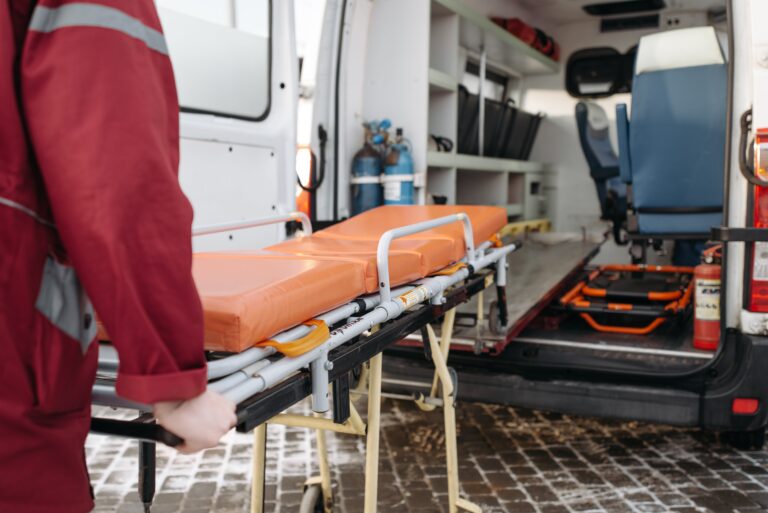
In the diverse landscape of EMT education, a distinct group of students often stands out—the non-traditional EMT student. Unlike the conventional path straight from high school to higher education, these individuals embark on their journey into emergency medical services at different stages of life, bringing a wealth of unique experiences, perspectives, and challenges to the classroom.
Non-traditional EMT students encompass a broad range of individuals. They may be career changers seeking a more purposeful profession, parents returning to education, or individuals who have overcome personal challenges and are now pursuing a passion for helping others. Their stories weave a rich tapestry that challenges preconceived notions about who can become an EMT.
One notable aspect of the non-traditional EMT student is the wealth of life experience they bring to the classroom. Having navigated various careers, personal responsibilities, or adversities, these students offer a different lens through which to understand and approach emergency medical services. Their ability to draw on a diverse range of skills—whether from previous professions, parenthood, or life experiences—contributes to a dynamic and enriched learning environment.
However, non-traditional EMT students may encounter unique challenges, such as balancing family responsibilities, adjusting to an academic setting after a hiatus, or adapting to the demands of a physically and mentally demanding profession. Addressing these challenges involves fostering a supportive learning environment that recognizes and accommodates the diverse needs of this student demographic.
In the end, the non-traditional EMT student is a testament to the inclusivity and accessibility of emergency medical education. Their journey challenges stereotypes and exemplifies the idea that it is never too late to pursue a calling in the field of emergency medical services. By embracing the diverse backgrounds and experiences of non-traditional students, EMT education becomes richer, more compassionate, and better equipped to meet the evolving needs of communities and patients.